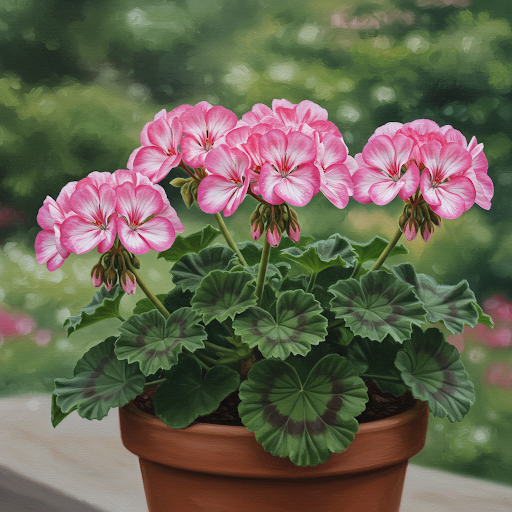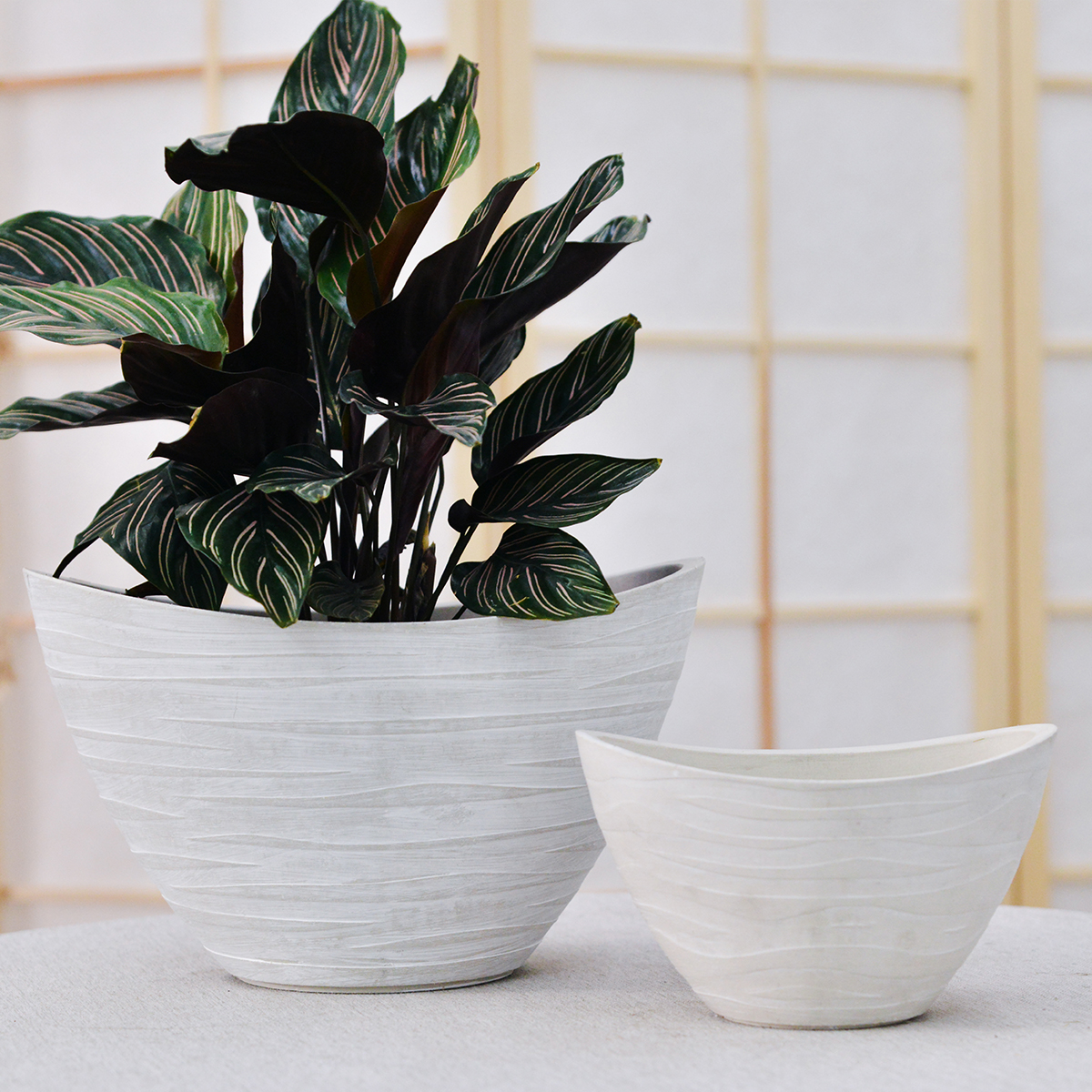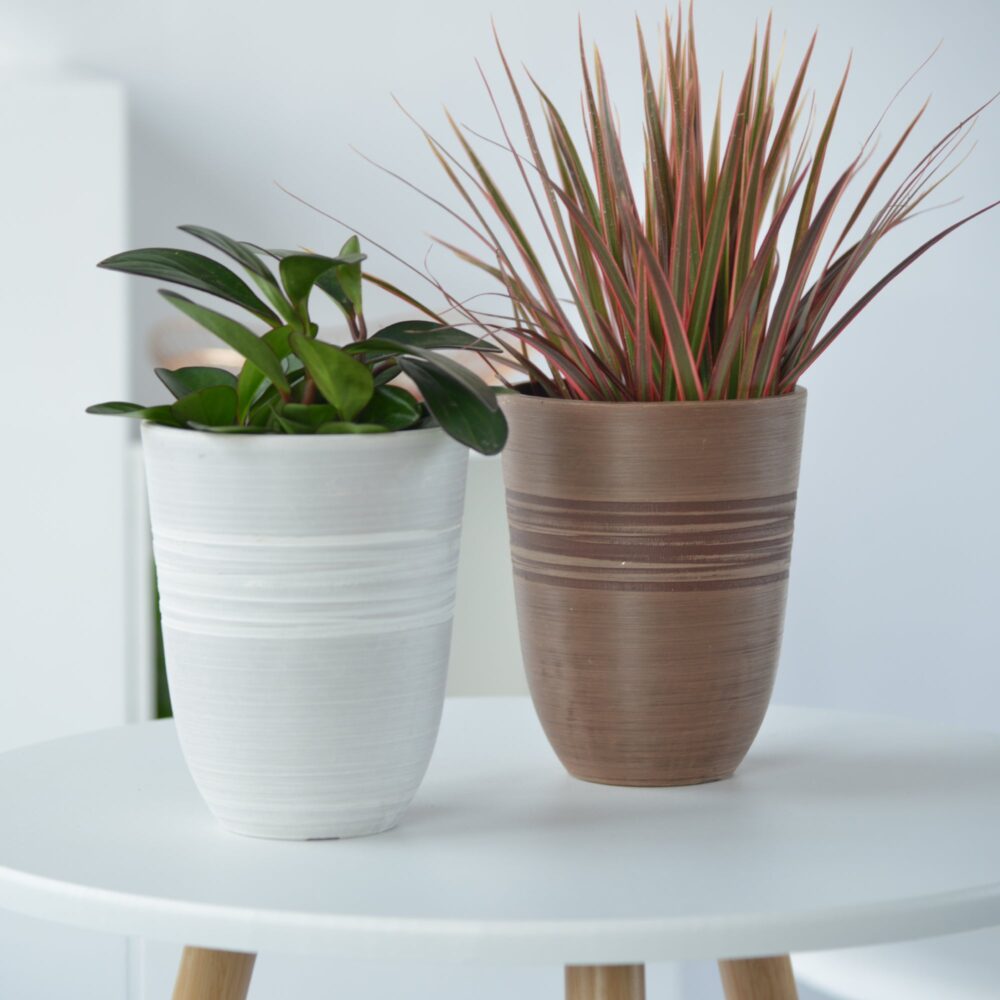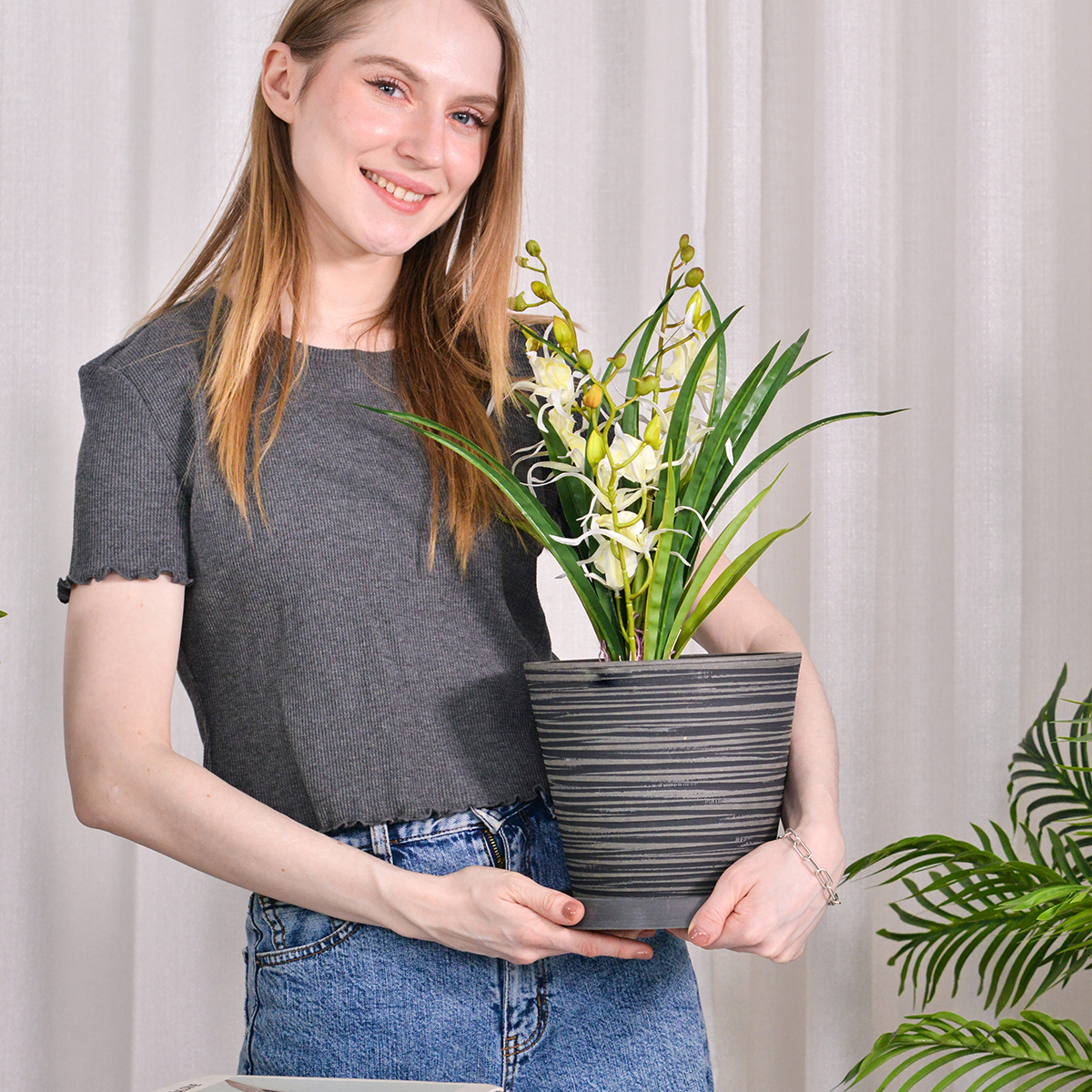Geranium Not Blooming? Sprinkle This on the Soil for a Fast Flower Boost!
Today, we’re diving into the care of one of the world’s most beautiful flowers: the geranium. My geraniums are currently budding, growing well, and boast healthy, deep green leaves. In this video, I’m going to share one of the most important fertilizers our plants need in the spring. This fertilizer helps activate the roots, eliminates any diseases present in the soil, and protects the plant from stem blackening and fungal infections.

Propagating Geraniums from Cuttings (Quick Tip)
To propagate geraniums, we need to take cuttings. The ideal length for a cutting should be between 2 and 3 inches (5 to 7 cm). When taking a cutting, be sure to remove the bottom leaves, leaving only the top three leaves.
A crucial point to note is that the small leaflets that form at the leaf nodes on the stem should be removed before planting. If left intact, these small leaves will rot in the soil, causing the cutting to decay and turn black. After cleaning the cuttings, place them on a paper towel to dry for 20 to 30 minutes. This drying process is essential for preventing rot.
After drying, the cuttings can be planted in slightly moist peat-based soil. It’s important not to water the newly planted cuttings immediately; instead, wait until the next day to water them with about a quarter cup of water. Overwatering can lead to stem rot, so it’s best to keep moisture to a minimum when planting.
Alternative Rooting Method for Geraniums
For those who prefer water propagation, cuttings can also be rooted in a jar of water. Here’s a simple and effective technique:
- Boil some water and let it cool until it’s lukewarm.
- Place the cuttings in the lukewarm water.
- Add two thin slices of aloe vera leaf to the water. Aloe vera is rich in minerals and vitamins that can significantly promote root development.
Within a short time, you’ll notice roots forming on the cuttings, making them ready for planting in soil.
Homemade Fertilizer for Geraniums: The Turmeric Secret
Now, let’s talk about a powerful natural fertilizer that is rich in antioxidants and helps strengthen plant roots: turmeric. This simple ingredient, commonly found in our kitchens, offers numerous benefits for plants:
- Promotes rapid root growth in the spring.
- Eliminates harmful bacteria and fungi in the soil.
- Prevents root rot and soil-borne diseases.

To use turmeric as a fertilizer, follow these steps:
- Remove some of the topsoil from around your geranium, exposing the roots.
- Sprinkle a small amount of turmeric around the edge of the pot (avoid direct contact with the roots).
- Cover the roots with the soil again, allowing the nutrients to mix naturally.
⚠️ Important Note: Do not use too much turmeric. A pinch (about the tip of a teaspoon) is sufficient. Using too much can harm the plant’s roots, making them susceptible to diseases.
Alternative Natural Fertilizer: Cinnamon
If you don’t have turmeric on hand, you can use cinnamon as an alternative. Cinnamon also has antibacterial properties that can help protect plants from root rot.
- You can gently sprinkle cinnamon powder on the soil.
- Alternatively, you can cut cinnamon sticks into small pieces and place them in the soil.
Both turmeric and cinnamon help disinfect the roots, prevent fungal infections, and promote healthy plant growth.
General Geranium Care Tips for Blooming Success:
For healthy and vibrant geraniums that are more likely to flower, follow these basic care tips:
- Pruning: During the winter, geraniums need a period of rest. To keep them vigorous, prune back any buds every 3-4 months during this time. This ensures they don’t over-exert themselves and allows them to store energy for the next blooming season.
- Bud Management: Until the end of February, prune off any geranium buds to allow the plant to focus on strengthening its leaves and stems. Starting in March, allow the buds to grow freely for abundant flowering.
- Sunlight and Watering: Geraniums thrive in bright light but should be protected from intense midday heat. Water moderately, allowing the top inch of soil to dry out between waterings.
- Fertilizing: In addition to natural fertilizers like turmeric and cinnamon, you can also feed your geraniums with an organic liquid fertilizer once a month during the growing season to maximize growth and flowering.
Final Thoughts
That’s all for this video! I hope you found these tips helpful. With proper care and simple natural methods, your geraniums will grow beautifully, bloom profusely, and stay disease-free. 🌿😊
20YB
By greenship|2024-08-16T05:37:57+00:00August 16, 2024|Categories: Hand-carving Series|
k2-21G
By greenship|2024-08-13T06:17:26+00:00August 13, 2024|Categories: Hand-carving Series|
KC2-11V
By greenship|2024-08-16T05:39:50+00:00August 16, 2024|Categories: Hand-carving Series|
20T
By greenship|2024-08-13T06:42:22+00:00August 13, 2024|Categories: Hand-carving Series|
Plant Pots 6 inch 8 inch 10 inch for Indoor Plants, Set of 3 Modern Decorative Planter ts with Drainage Hole, Decorative Flower Pots
By greenship-seo|2025-04-10T06:39:28+00:00January 14, 2025|Categories: Hand-carving Series|Tags: Decorative Flower Pots|
K2-11T
By greenship|2024-08-13T04:21:25+00:00August 13, 2024|Categories: Hand-carving Series|






